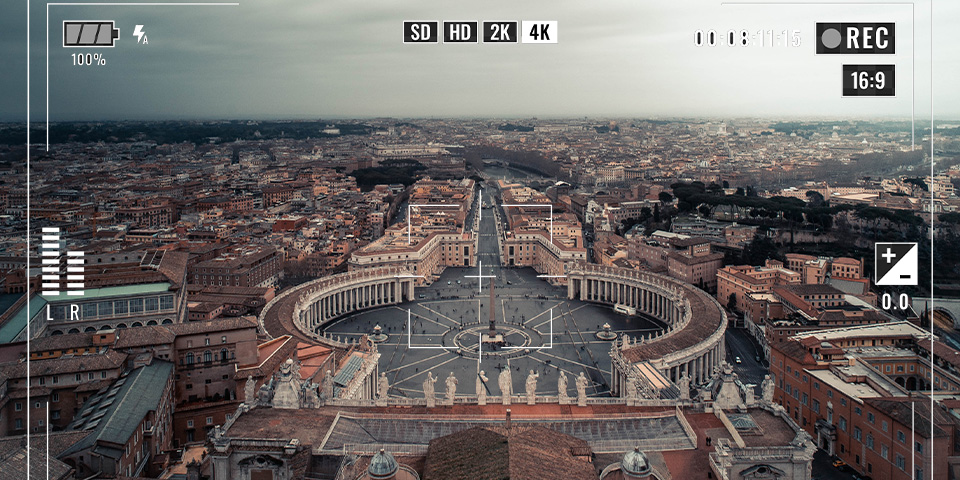
Where Is The Best Focus Point in a Landscape Photo?
 Vlad Manea
Vlad Manea
In landscape photography, achieving sharp focus throughout your image is crucial to capturing the beauty and detail of the scene. But where exactly should you focus to achieve the best results? This guide will help you understand how to choose the optimal focus point for stunning landscape photos.
Why the Focus Point Matters
The focus point determines which part of the image appears sharp and can greatly influence the viewer’s perception. In landscapes, you often want both the foreground and background to appear sharp, requiring careful selection of your focus point.
Key Factors to Consider
Depth of Field
Depth of field (DoF) refers to the range within a photo that appears acceptably sharp. A larger DoF ensures that more of the scene is in focus, which is typically desirable for landscapes. This can be achieved by using a smaller aperture (higher f-number) such as f/8 or f/11.
Hyperfocal Distance
Hyperfocal distance is the closest distance at which a lens can be focused while keeping objects at infinity acceptably sharp. By focusing at this point, you maximize the depth of field, ensuring sharpness from foreground to background.
Where to Focus in Landscape Photography
-
Use the Rule of Thirds: Place your focus point about one-third of the way into the scene. This guideline works well for landscapes with prominent foreground elements, ensuring both the foreground and distant background are in focus.
-
Consider the Foreground: If your composition includes an interesting foreground subject, such as rocks or flowers, focus on that subject to draw the viewer’s eye.
-
Hyperfocal Distance for Maximum Sharpness: Calculate the hyperfocal distance for your lens and aperture setting. Tools like smartphone apps or hyperfocal charts can help you determine this distance quickly in the field.
-
Use Live View and Magnification: In challenging conditions, use your camera’s live view mode and magnify the scene to manually focus on the desired point.
Additional Tips for Perfect Focus
- Aperture Settings: Avoid extremely small apertures like f/22, as diffraction can reduce image sharpness.
- Focus Bracketing: Take multiple shots at different focus points and blend them in post-processing for optimal sharpness across the frame.
- Sturdy Tripod: Ensure your camera remains steady while focusing, especially during long exposures.
Conclusion
The best focus point in a landscape photo depends on your composition and the elements you want to highlight. Using techniques like focusing one-third into the scene, employing hyperfocal distance, or prioritizing foreground subjects can help you achieve sharp and captivating images. Experiment with these methods to find what works best for your style and the landscapes you photograph.